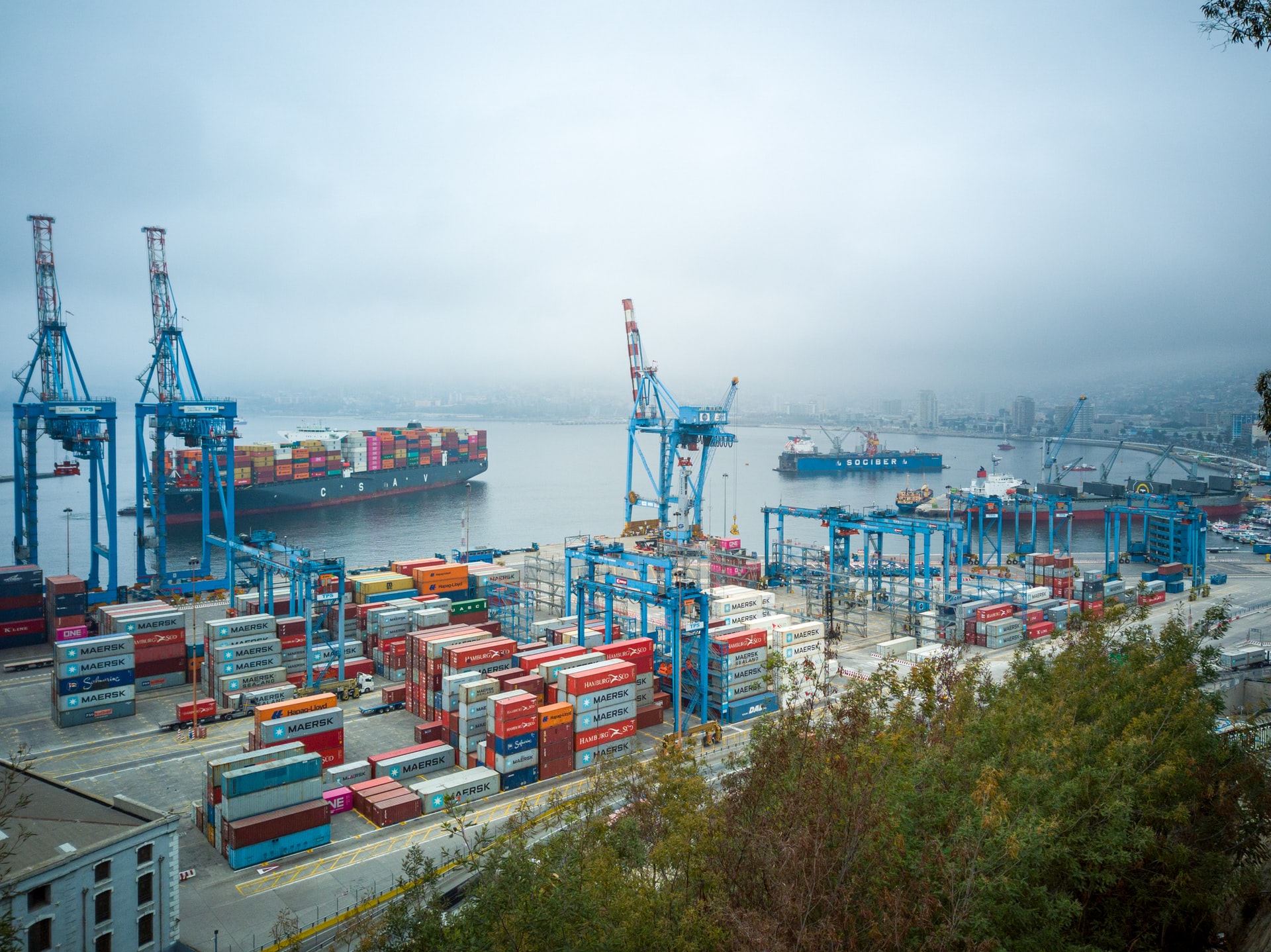When we imagine the production of a product or a commodity, the first thing that comes to mind may be a factory, conveyor belts and lots of boxes. But the process of creation is much more complex. There are many more elements and processes involved than just mechanical robots and buttons. Behind a supply chain there is planning, strict timing and exquisite coordination.
In order to understand and visualise all parts of the supply chain management, its importance and its evolution, we have prepared the following article. Let’s get started!
What is the supply chain?
Also known as Supply Chain Management, the supply chain comprises all the steps that have to be taken to make a product look the way it does when it is sold. In other words: it includes the supply, manufacturing and distribution phases of the final product. It involves suppliers, workers, customers and final consumers. In addition to all the physical operations, a supply chain must have an extremely coordinated and defined plan. All stages of the process must be clear and as little time as possible must be lost in order to get the final product to the customer as quickly as possible.
This level also includes ICT, marketing, design, sales and many other activities.
Is chain management important?
Although there are 4 types of supply chains (traditional, shared information, supplier order management and synchronised), they all have one thing in common: detailed and careful management. Preparing a good strategy is 80% of the chain’s success. What are the consequences of good management?
– Customer happiness. If there is a good organisation, this will be reflected in a great service to customers, who will want to come back to your company because they will be happy. If they choose you, you can end up becoming a reference in your sector.
– Control of all the phases. If the process is defined, errors or possibilities for improvement can be spotted more easily. This means that the chain can be ‘upgraded’ whenever possible. In addition, a good structure helps to better manage the inputs and times of supply, manufacturing, etc.
– Profitability. If the company is aware of failures, it can fix them, reducing supply chain costs by up to 30%.
– Team. If the functions of the employees are well structured and everyone knows what they have to do, the team works like a perfect gear; each part performs the function that corresponds to it and in the place that best suits it.
New environment, new needs
The technological revolution of recent years and its implementation in the supply chain has meant that many companies have had to change their approach to this process. They must adapt to the demands and changes. One of the consequences of the pandemic has been the radical increase in demand for online orders and their speed of delivery. You are competing against the likes of Amazon, so you need to be able to adapt to new needs and behaviours.
Companies focused on cutting costs as much as possible may be going through a bad period, as the lower the cost, the lower the excellence. This characteristic is the keynote among customers. They want everything of the highest quality and instantly. If the company does not listen to its customers, it risks losing them to one that does.
If a company puts the customer at the centre of the process (customer-centric), it will align all phases with this philosophy and deliver effectiveness at moderately low costs. In the end, it is about creating a strategy that encompasses the customer and the company. If the chain is complex but works, there is no need to try to ‘simplify’ it.
Alignment is what counts
So how do we bring the customer and the business together? By aligning strategies, being able to put the needs of the buyer and the company on the same level. To achieve this, the following steps can be followed (which can be modified depending on the needs of the company):
1. Understand the customer and the company. Before proposing a strategy, be clear about the buyer’s needs, what he/she expects from the product and the company’s services. If we do not have this, the process will not work with the results we expect. You must listen to the customer. Likewise, if we are not aware of how our own ‘family’, our company and supply chain works, we will not know how to evolve and make changes for the better.
2. Know your chain. To change something, you first need to know it thoroughly. Be aware of the strengths and weaknesses of the supply chain you already have, then analyse all its phases and propose improvements. In this way, you can identify which chain model you currently have and move it forward. You can locate the gap, the gap between what customers expect and what you can offer. The smaller the better.
3. Close the gap. We have already mentioned it above, but one of the most important objectives is to minimise the gap between expectations and the ability to meet them. It is important to identify where the chain currently is. If the gap is large, major changes must be made, such as redefining the distribution network or investing in new processes. If the gap is small, small details of the organisation can be adjusted. There is always room for improvement.
4. Implementation of the model. We cannot stop at planning; we have to carry it out, to implement it. When it is a major transformation, the company must pull in the same direction. Commitment is fundamental for a company to evolve.
To sum up
Detecting changes in product demand and adapting to them is a very important reaction in today’s companies. Likewise, valuing customers, listening to them and meeting their needs can mean that your company is chosen over others. A supply chain in line with these needs is of paramount importance, as it is the one that will ensure that all the pieces work correctly and the products can be of the highest quality and delivered quickly and efficiently.
Tradisa is your integral partner for global logistics solutions, ranging from transport and delivery of vehicles to fleet management, remarketing and coordination of mobility initiatives and projects. For any questions you can contact us here, and if you want to know more about logistics or any other subject, you can enter our blog and check our articles.


